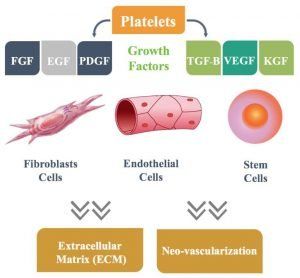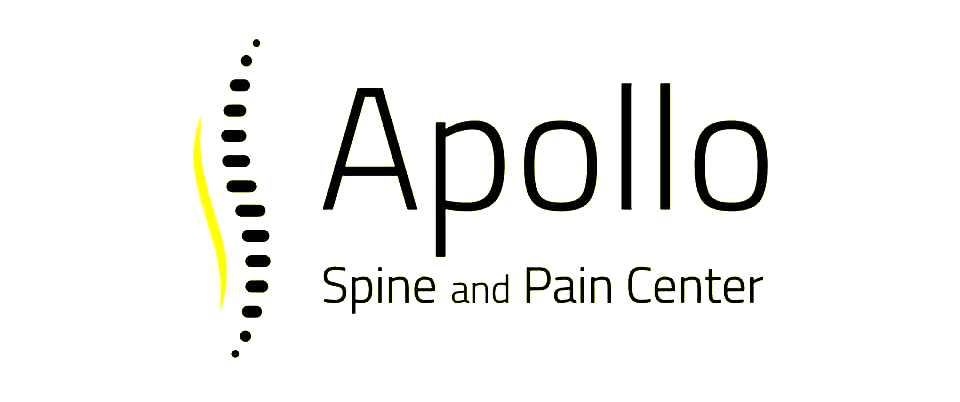REGENERATIVE MEDICINE
Platelet-Rich Plasma (PRP)
Q: What is Platelet-Rich Plasma?
Autologous Platelet-Rich Plasma, also known as PRP, is a high concentration of your own platelets in a small
volume of plasma.
Q: How does a provider harvest PRP?
Step 1: Utilizing a specialized blood collection tube ,a practitioner draws a small amount of blood similar to
what is required for a basic lab test.
Step 2: The tube is then placed into a centrifuge which spins the blood at a very high speed, causing the
platelets to separate from the other components of the blood.
Step 3: Once the platelets are concentrated into the plasma they can be applied to the patient. Activation causes
platelets to release essential growth factors and signaling proteins, which are responsible for the wound-healing
process
PRP for Orthopedic Sports Medicine
PRP is a non-surgical approach to treating athletes, therefore allowing the athlete to recover faster and continue with their training routines. PRP Injections can be used for:
- Increase range of motion
- Speeding post operative recovery
- Increase flexibility
- Reduce pain and swelling
PRP Therapy for Arthritis
Arthritis in the shoulders and knees are very common among many individuals. Platelet-rich plasma therapy is an effective procedure to treat arthritis. The goal of PRP injections is to improve joint function, reduce/repair damage to the cartilage and minimize the patient’s pain.
Additional Conditions for Orthopedic PRP Treatment:
Bursitis, Chronic pain, Degenerative conditions, Fractures, Plantar fascitis, Tennis Elbow, Tendinitis, Golfer’s elbow, Strains, Sprains.
Q: How long does the PRP process take?
The blood draw takes just a couple of minutes, followed immediately by a 10-minute centrifugation. The time involved in the application varies based on which procedure is being performed.
Q: How many PRP sessions are required?
Your medical professional can create a treatment plan based on your individual needs.
Q: Can a PRP procedure be painful?
PRP is close to physiologic pH, which means the product is less likely to cause a stinging or burning sensation. There may be some temporary discomfort or possible redness and inflammation at the application site. It is recommended you consult with your health care provider.
Q: Is PRP safe?
Since the autologous Platelet-Rich Plasma (PRP) is produced from a patient’s own blood, there is minimized risk of an allergic reaction or rejection. Please refer to the Safety section on this page.

Are you a candidate for PRP?
Almost everyone is a candidate for PRP therapy; however, people who have a history of heavy smoking, drug or alcohol use should not seek PRP therapy. Individuals who suffer from any of the following conditions are also advised not to undergo PRP therapy.
- Platelet dysfunction syndromes
- Thrombocytopenias
- Hypofibrinogenaemia
- Hemodynamic instability
- Sepsis
- Acute and chronic Infection
- Chronic liver disease
- Anti-coagulation therapy
- Chronic skin diseases or cancer
- Metabolic and systemic disorders
- Morning
- Afternoon
- Evening


